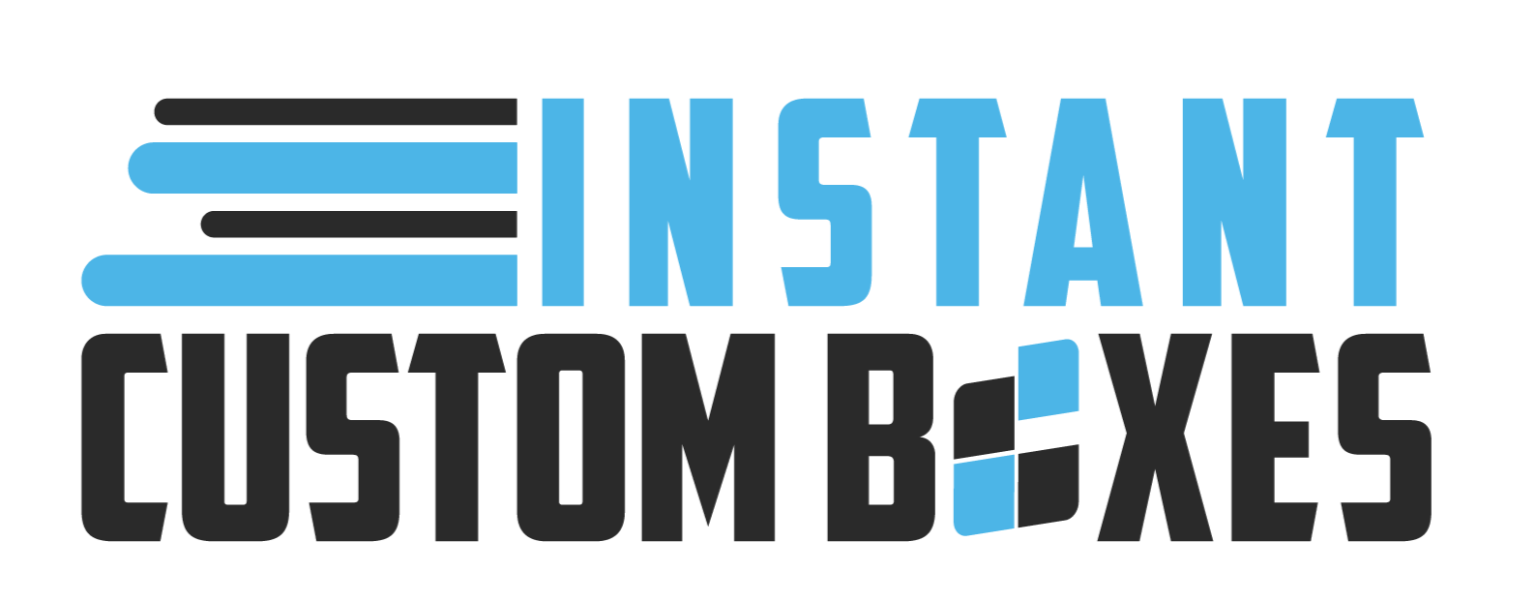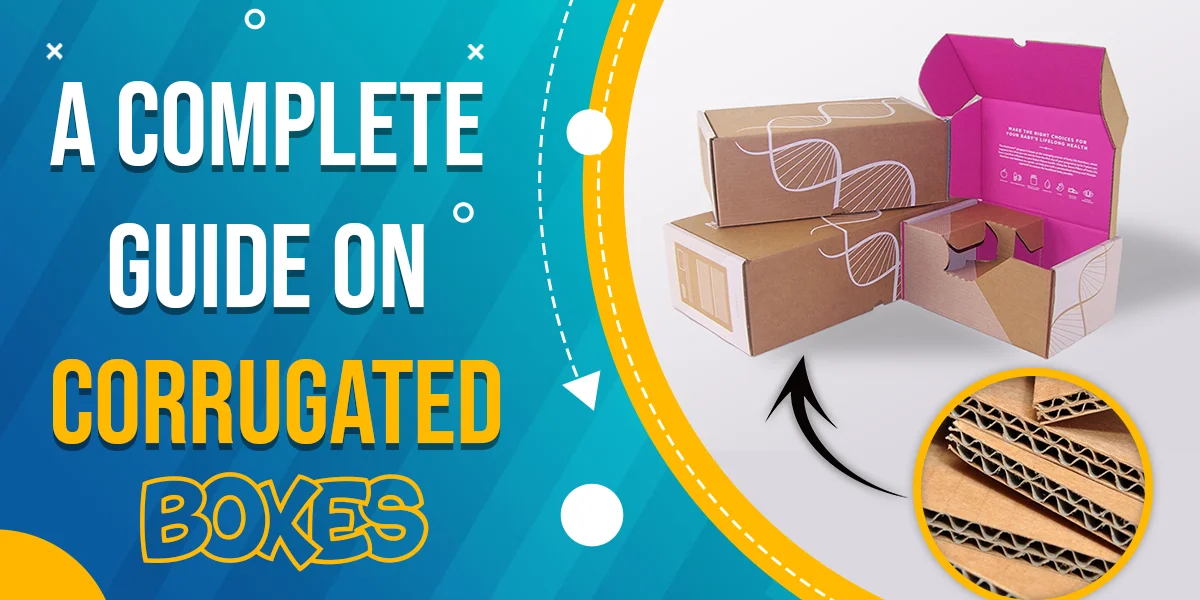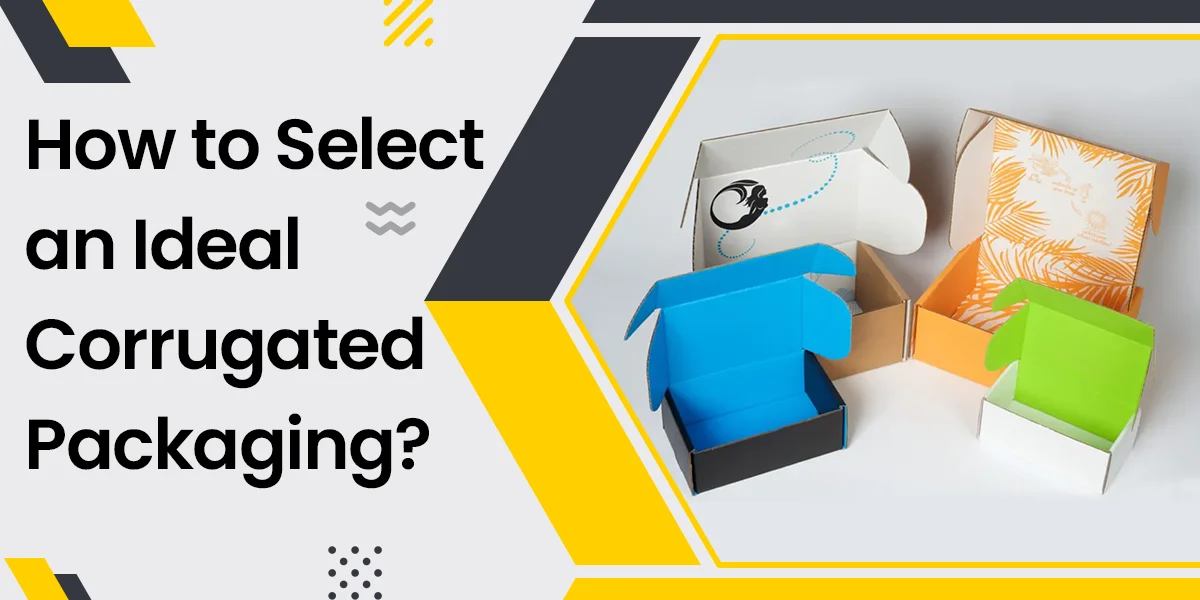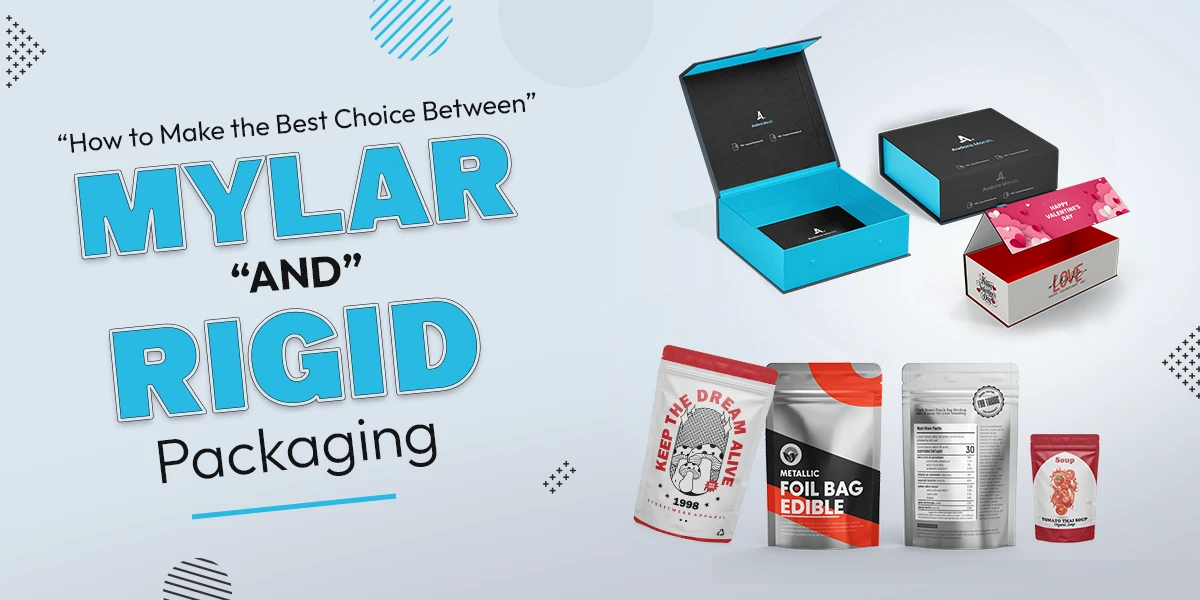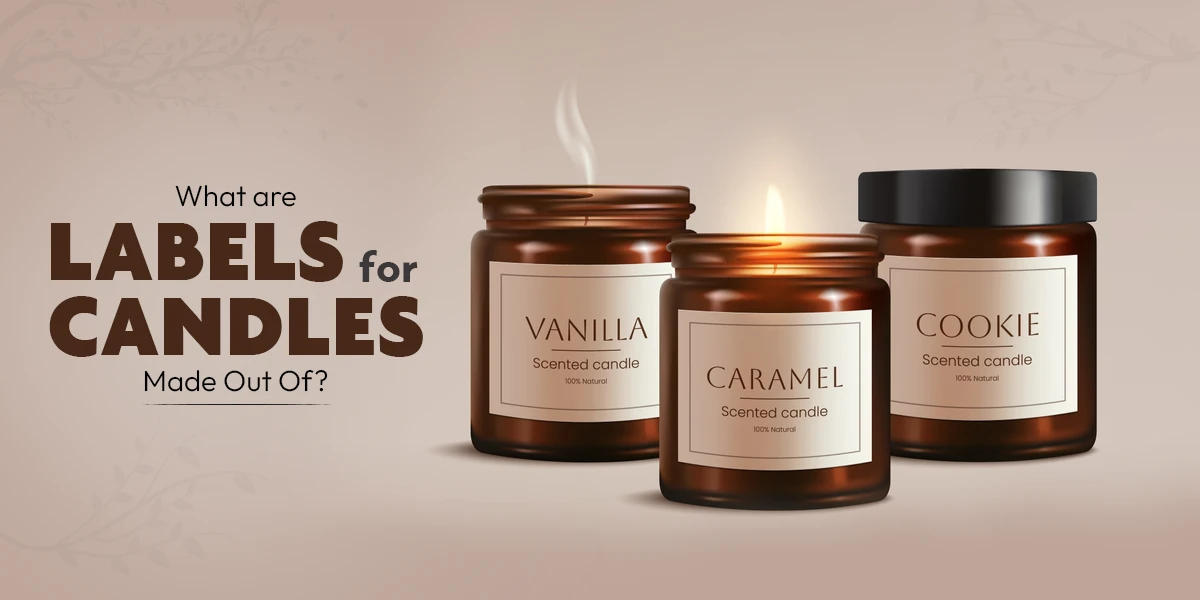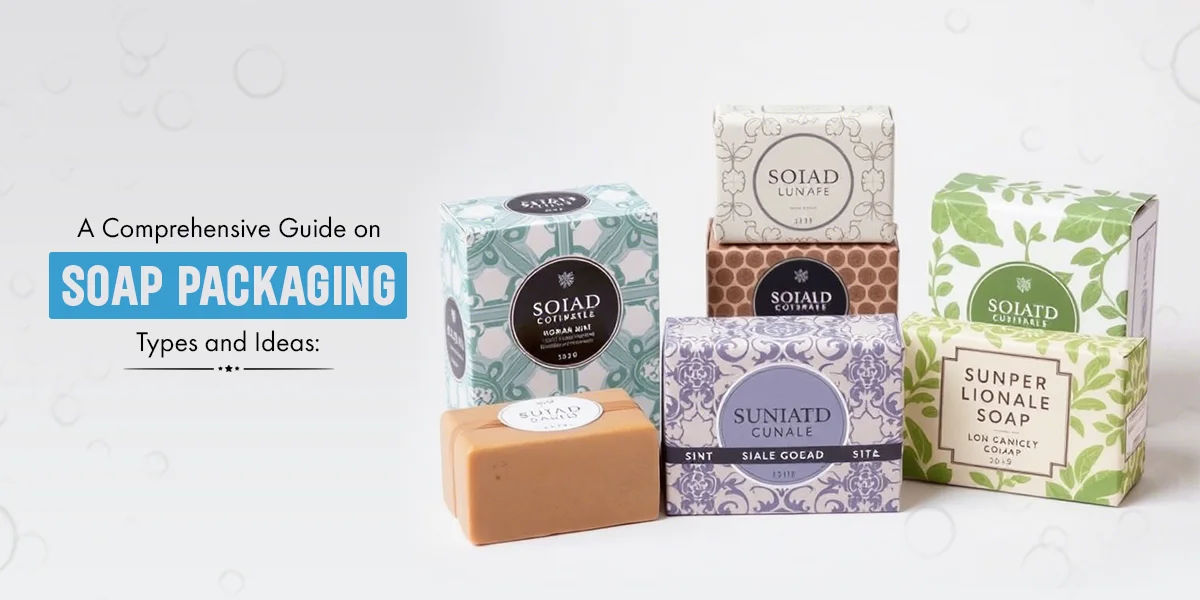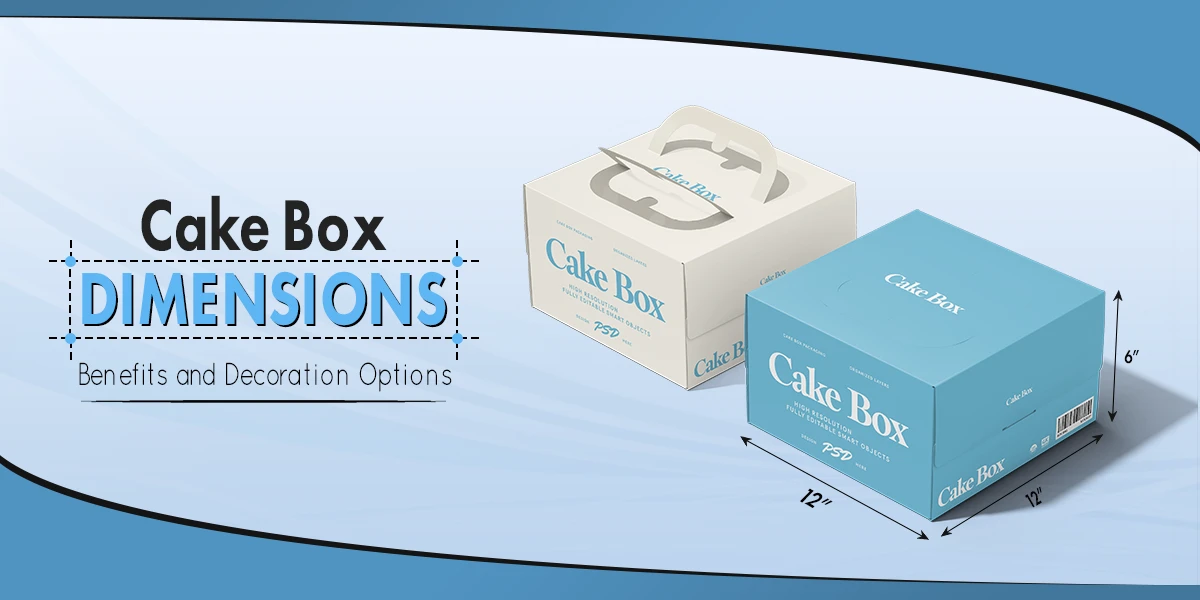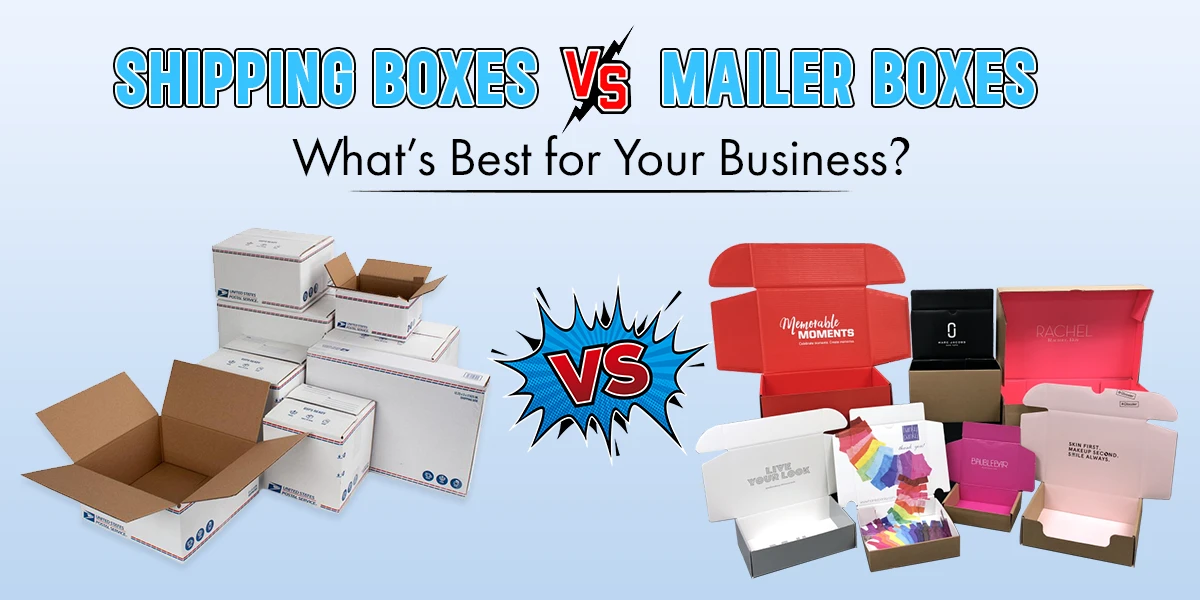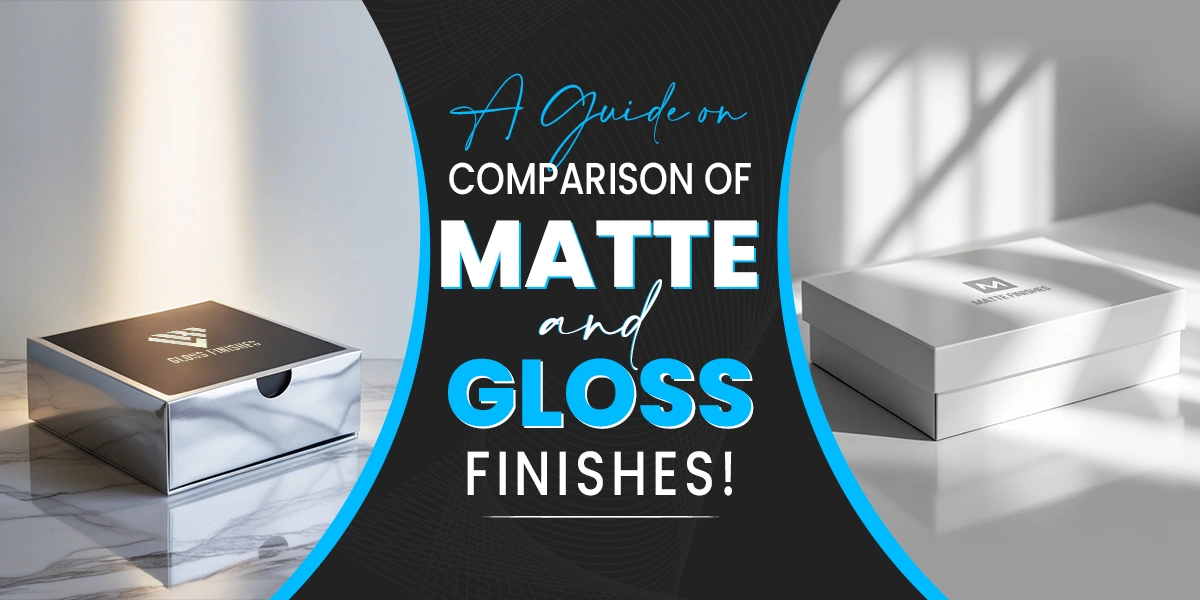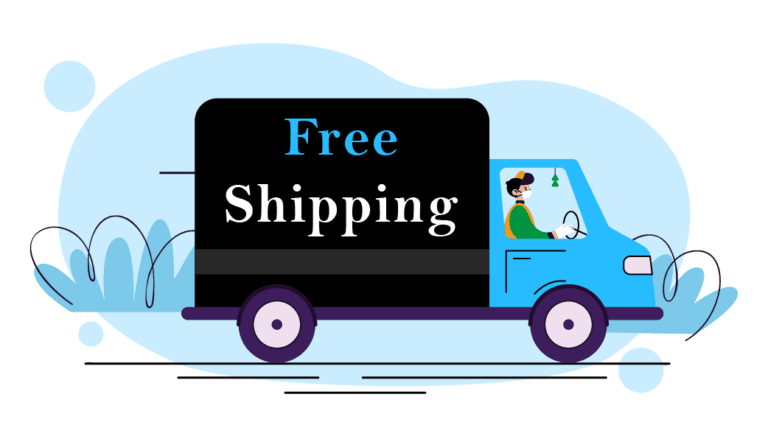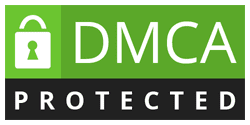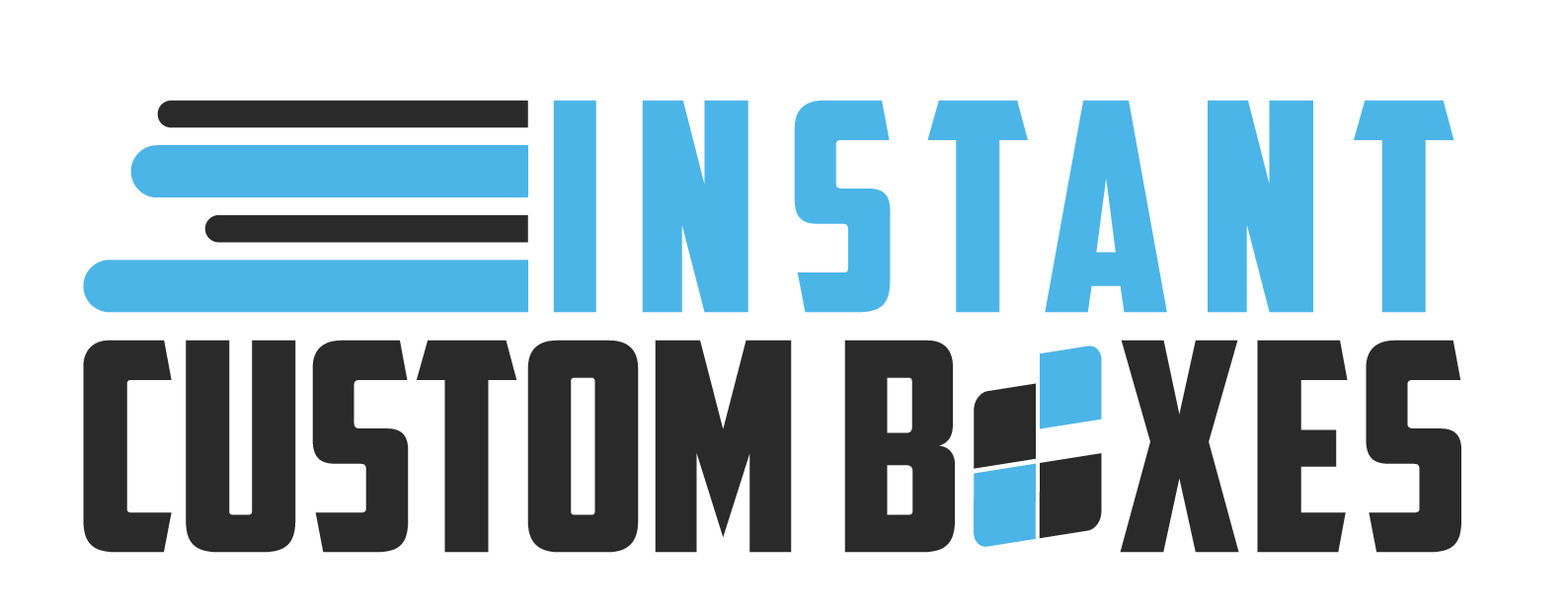There are a number of choices when it comes to packaging for your brand. Cardboard thickness has become an essential packaging component and has become an ideal packaging option. Different businesses and consumers mistakenly consider cardboard as the only packaging material for different products. It’s important to remember that cardboard and corrugated cardboard are different materials. These distinctive packaging materials have distinctive purposes for the different products.
In the corrugated box guide, we will take a closer look at different aspects, including uses, benefits, and quality control of the cardboard packaging material. This blog post will provide you with an excellent understanding of corrugated and cardboard to make an efficient decision for your product packaging. Therefore, you will also learn about cardboard density for product packaging.
What Is A Corrugated Box?
A corrugated box is manufactured from the sheets of the corrugated cardboard packaging material. Corrugated boxes are ideal for shipping different types of heavy products because of their exceptional durability and strength. It is true that corrugated box type is used to ship more than 95% of products in North America. In this blog post, you will learn the factors that make these boxes a little bit expensive.
What Is A Corrugated Cardboard?
It is a corrugated carton or corrugated fiberboard that includes three layers of kraft paper. The inner layer is fluted, and the outer two layers are made of flat liner board medium. Therefore, pizza boxes are usually made from corrugated cardboard. The addition of extra layers to corrugated material can provide additional protection to your products.
Cardboard vs Corrugated
When you have acquired enough knowledge about corrugated packaging and its common uses in different industries, it is important to dig further to know the difference between cardboard and corrugated.
Heavy paper pulp or paper stock is used to create cardboard. It is an ideal material for the folded cartons to package the smallest products. Moreover, you can use this packaging to ensure the ultimate structural support for the product shape within the box during the shipping process. It is important to note that cardboard is not naturally very protective.
Corrugated consists of three fiberboard layers, which boost the versatility and protection of a variety of products. This bending-resistant material is a fabulous option for shipping small or large products.
Liners Materials
It’s important to select the less daunting to use outside the liner to create the corrugated packaging boxes.
- Kraft paper liners include 70% to 80% virgin chemical pulp fiber to ensure durable and stiff paper grading for packaging. It is an ideal option in the presence of different corrugated paper materials, even if it is a costly material.
- Test paper liners are more cost-effective than kraft paper because they are recyclable and have less durable fiber. Moreover, a higher recycled fiber also makes printing difficult. This paper is usable as an inner linerboard for a corrugated box.
- Flute paper liners come in waste-based and semi-chemical fluting. It is important to note that waste-based fluting is based on 100% recyclable fibers, whereas chemical fluting is based on a neutral sulfite and virgin fibers process.
Different Types of Corrugated Flute
The flute grades offer compression-resistant, strength, and cushioning characteristics to your packaging material with the different customization options. Let’s look at the corrugated cardboard flute chart.
| Flute Type | Thickness |
| A-Flute | 1/4 |
| B-Flute | 1/8 |
| C-Flute | 3/16 |
| E-Flute | 1/16 |
| F-Flute | 1/32 |
- A-Flute: The largest flute size has excellent cushion and protection properties. This phenomenal flute is very easy to handle when stacking and compressing to package different fragile products.
- B-Flute: A b flute vs. e flute and other flutes is much thinner and more durable with crush and puncture resistance characteristics. It has phenomenal performance for different types of packaging in the presence of easy die-cutting and a fabulous printing facility.
- C-Flute: A versatile and flexible flute for corrugated boxes in the presence of excellent printing options, stacking strength, and crush resistance. Corrugated boxes with c flute are used for packaging furniture, dairy, and glass products.
- E-Flute: An e-flute thickness shows that it is ideal for paperboard folding cartons. It is used for the packaging of different delicate products such as ceramics, fragile glass, and cosmetics because of the crush resistance and compression strength.
- F-Flute: The corrugated thickness chart shows that the F flute has characteristics similar to the e-flute, with a smooth surface for excellent printing. You can use this flute for specialty, fast-food, and retail products.
How To Measure Cardboard Thickness?
There are different ways to measure the cardboard thickness of your packaging. The most popular measurement units are board style, flute style, point system (PT), and grams per square meter (GSM). Here, we will discuss how you can use these units to measure the exact thickness of material for cardboard packing boxes.
Grams Per Square Meter (GSM)
How many gsm is cardboard? GSM, or grams per square meter, is a unit used to measure the breadth, length, and weight of packaging materials such as corrugated cardboard. GSM is a precise method for measuring cardboard thickness. However, it is usually difficult for you to understand GSM and convert it into an understandable unit.
Let’s check some of the GSM measurements for cardboard thickness.
- 35 to 55 GSM for newspapers
- 90 to 100 GSM for printer paper
- 120 to 140 GSM for posters
- 210 to 300 GSM for brochures
- 350 to 400 GSM for packaging
You need to choose a material with a GSM of more than 350 for durable and sustainable cardboard packaging. It is important to remember that higher GSM doesn’t mean to be a heavier weight.
The Point System (PT)
A PT or point system is ideal for measuring the thickness of a paper sheet such as corrugated paper. It is important to consider that every point in this system shows 1/1000 of an inch. The thinnest paper contains 8 points, while the thickest paper has 16 points.
Corrugated Flute Type
It is a magnificent method of measuring the cardboard thickness. This flute type represents the wavy sheets of paper available inside the cardboard liners for the corrugated cardboard boxes. The elegant design of these flutes makes boxes more protective in different thickness sizes with their names.
- A flute: 1/4” or 5 millimeters
- B flute: 1/8” or 3 millimeters
- C flute: 3/16” or 4 millimeters
- E flute: 1/16” or 1.5 millimeters
- F flute: 1/32” or 0.6 millimeters
Corrugated Board Style
You can utilize this method to measure the cardboard thickness in the presence of various liner and flute combinations for the corrugated cardboard boxes. Corrugated boxes with a single wallboard include two liners across the single fluted layer. There are also triple, double, and single-face wallboards.
Importance of Cardboard Thickness For Different Products
The cardboard thickness guide lets you know why it is important to consider the perfect thickness for your packaging.
Extend Packaging Protection
The thickness of the cardboard ensures the highest level of protection for the packaging boxes. You can use these boxes for breakable and fragile products that need extra protection and insulation during transit.
Safeguard Boxes During Shipping
A cardboard thickness also ensures the highest survival rate for your boxes during the shipping process. It is important to enhance the durability of your boxes to avoid punctures and tears because they can go through different handling hands. Additionally, using cardboard inserts for packaging can provide extra protection and stability for your products.
Lower Shipping Costs
It’s a fact that thicker boxes cause higher shipping expenses. Therefore, you need to consider these boxes to protect your products from external contaminants and minimize shipping costs.
Use the Best Printing
In the digital age, it is not enough for your brand to use just packaging boxes. You need to use branding elements such as color scheme, logo, and other information on the surface of your packaging in the presence of high-resolution printing.
Types Of Corrugated Boxes
Corrugated boxes are available in different types depending on the thickness and construction. It’s important to explore corrugated box styles to add internal padding, flute grade customization, and a combination of the layers to fulfill the packaging requirements. Different types of cardboard boxes meet different users’ requirements. Let’s take a look at the following types of corrugated boxes:
- Full Slotted Box
- Gusset Folder
- Half Slotted Container (HSC Box)
- One Piece Folder Box
- Regular Slotted Box
- Roll End Tuck Front
- Roll End 3 Flaps Tuck
- Tab Lock Roll End
- Tuck Top Auto Bottom
Uses and Applications of Corrugated Boxes
Corrugated boxes are essential in various industries due to their durability, versatility, and protective qualities. Here’s a detailed look at their uses and where they can be applied:
- Retail Packaging: In the retail sector, custom apparel boxes and kraft boxes are popular for packaging products ranging from small items like cosmetics and accessories to larger goods such as appliances and furniture. Their ability to be customized with branding and information makes them ideal for retail displays.
- Shipping and Logistics: Corrugated boxes are the backbone of shipping and logistics. Their robust construction ensures safe transport of goods, from electronics to household items, reducing the risk of damage during transit.
- Food and Beverage Industry: Corrugated boxes are widely used to transport and store food and beverages. For niche products like personalized pizza boxes, these boxes provide the necessary protection to ensure freshness and prevent spoilage.
- E-commerce: With the rise of online shopping, e-commerce businesses rely heavily on corrugated boxes to deliver products to customers. Their strength and stackability make them perfect for handling the rigors of shipping.
- Industrial Packaging: In the industrial sector, corrugated boxes pack machinery, automotive parts, and other heavy-duty items. Adding custom foam inserts for boxes provides extra cushioning, ensuring the safety of fragile and valuable items during transport.
- Moving and Storage: Corrugated boxes are indispensable for moving and storage. They are used for packing household goods, office supplies, and personal items, ensuring safe and organized transport.
- Archival Storage: For archival purposes, corrugated boxes provide a safe and organized way to store documents, photographs, and other important materials, protecting them from damage and deterioration. Custom perforated boxes are especially useful for easy access to stored items.
- Agriculture: In agriculture, corrugated boxes transport fresh produce from farms to markets. Their breathability and strength make them suitable for carrying fruits, vegetables, and flowers.
- Pharmaceuticals: Pharmaceutical companies use corrugated boxes for packaging medicines, medical devices, and equipment. The boxes’ protective qualities ensure the integrity and safety of sensitive products.
- Promotional Packaging: These boxes are also used for promotional packaging, offering a blank canvas for creative designs and marketing messages. For instance, perfume boxes wholesale can be customized to create an impactful unboxing experience for customers.
Corrugated boxes, with their various configurations, such as single face, single wall, double wall, and triple wall, cater to a wide range of packaging needs. Their adaptability and strength make them a go-to solution across multiple industries, ensuring products are protected, transported through custom foam inserts for boxes, and presented effectively.
Corrugated Composition For Packaging
Corrugated fiberboard consists of a medium of heavy paper and linerboard. The medium includes fluted and wavy papers sandwiched for the liners. On the other hand, linerboard is a flat material with an outer surface that aligns with the medium. These materials are manufactured from containerboard, which is a heavy paper. The strength of the board can be different due to the different combinations of medium and linerboard.
- Single Face: One corrugated medium with flute exposure and aligned to a one-linerboard flat sheet.
- Single Wall: A corrugated medium is available between two sheets of the linerboard.
- Double Wall: Three-liner board sheets are available with mediums.
- Triple Wall: Four linerboard sheets are presented with three mediums.
Performance Standards For Fiberboard
Single Wall
| Maximum Wt. Box/Contents (lbs.) | Minimum Burst Test (lbs. per sq. in) | Minimum Edge Crush Test (lbs. per in. width) |
| 20 | 125 | 23 |
| 35 | 150 | 26 |
| 65 | 175 | 29 |
| 80 | 200 | 32 |
| 90 | 250 | 40 |
| 95 | 275 | 44 |
| 120 | 350 | 55 |
Double Wall
| Maximum Wt. Box/Contents (lbs.) | Minimum Burst Test (lbs. per sq. in) | Minimum Edge Crush Test (lbs. per in. width) |
| 80 | 200 | 42 |
| 100 | 275 | 48 |
| 120 | 350 | 51 |
| 140 | 400 | 61 |
| 160 | 500 | 71 |
| 180 | 600 | 82 |
Triple Wall
| Maximum Wt. Box/Contents (lbs.) | Minimum Burst Test (lbs. per sq. in) | Minimum Edge Crush Test (lbs. per in. width) |
| 240 | 700 | 67 |
| 260 | 900 | 80 |
| 280 | 1100 | 90 |
| 300 | 1300 | 112 |
How to Select an Ideal Corrugated Packaging?
You need to consider the following factors to choose the best packaging for your products.
Products
The first step in choosing the perfect packaging is to consider your products. The important factor is to give attention to fragile and heavy products. You can include additional packaging options, such as tuck top boxes, custom dividers, and inserts to secure your products.
Shipping Process
It is crucial to consider the shipping procedure to choose the ideal packaging for your business. When you are shipping locally, you don’t need extremely durable packaging. However, it would be best if you had durable and sustainable packaging to ship products internationally.
Budget
It is essential to consider the budget when you are selecting packaging for your brand. It would be best if you calculated the cost of packaging and the shipment charges. It is worthwhile to spend your money on thicker cardboard packaging to ensure excellent protection for your products.
Design
It’s a fact that consumers always like the packaging with a captivating design to ensure a memorable unboxing experience. A higher GSM for cardboard material offers excellent printing of marketing material and other information. Therefore, you need to select the paper with a higher GSM for phenomenal photo printing.
Unlock the secrets to perfect packaging! Explore our guides on ‘Pizza Box Sizes and Dimensions‘ and ‘Cigarette Box Dimensions and Sizes‘ for fresh, stylish, and practical designs. Click now to enhance your packaging!
Quality Control Tests For Corrugated Packaging
Questions can arise about the protection in the presence of different customization and design options. You must consider Burst, Flat Crush, and Edge Crush Tests for the corrugated boxes.
- Edge Crush Test: It is an important test for corrugated cardboard material. The buckling for the corrugated cardboard is done through the implementation of force perpendicular to the edges. It will improve the durability and strength of various products, making them easy to handle.
- Flat Crush Test: The implementation of force is directly on the surface of the corrugated cardboard to make the flute smoother and settle on the structure. This test ensures the stacking and compression resistance to package and ship different products.
- Burst Test (Mullen Test): An industry standard test to measure durability based on the required force for puncturing the cardboard.
These tests ensure the premium quality of the custom corrugated boxes to provide excellent protection to your products so they can be delivered to customers’ doorsteps safely.
Box Maker’s Certificate
It’s important to acquire knowledge about the Box Maker’s Certificate (BMC) after the customization of boxes and comprehensive testing. This certification is available in two versions, Mullen-rated MBC and ECT-rated BMC, to define the specifications of corrugated boxes. Most of the box manufacturers offer the same information.
- Box Manufacturer: The outer surface of the packaging shows information about the packaging box manufacturing company.
- Board Construction: It reveals the information on the walls of the packaging, which can be triple, double, or single-wall packaging.
- Minimum Weight Facing: It is the total weight of a linerboard before cutting and customizing the boxes.
- Size Limit: It represents the maximum measurement for the outer surface of a box to store and ship the products.
- Gross Weight Limit: The maximum weight for a box to contain the different products.
Benefits of Corrugated Boxes
Corrugated packaging offers the following advantages to your brand.
- Durability and Strength
- Lightweight
- Cost-Effective
- Customization
- Recyclable and Sustainable
- Versatility
- Efficient Storage
- Insulation
- Ease of Disposal
- Printability
Drawbacks of Corrugated Boxes
- Cost considerations
- Limited weather resistance
Cost Considerations
It’s a fact that thicker boxes cause higher shipping expenses. Therefore, consider these boxes to protect your products from external contaminants and minimize shipping costs. If you’re curious why cardboard boxes are more costly, explore the reasons here.
FAQs
What are the parts of a cardboard box called?
The primary parts of a cardboard box are flaps, panels, scores, tabs, and slots
What are the different grades of cardboard boxes?
Single wall, double wall, triple wall, and corrugated fiberboard (flute sizes) are the different grades of cardboard boxes.
What is the anatomy of a cardboard box?
The anatomy of a cardboard box includes flaps, panels, scores, tabs, corners, slots, and seams.
What is the basic knowledge of corrugated boxes?
Structure, flute types, wall types, grades, usage, customization, and environmental impact are included in the basic knowledge of corrugated boxes.
How do you select corrugated boxes?
The selection of the corrugated boxes depends on the product size and weight, box strength, flute type, wall construction, environmental impact, handling process, shipping condition, customization, and budget.
